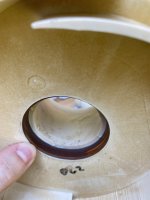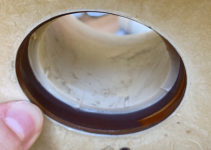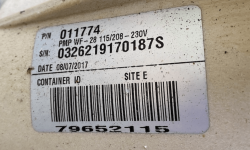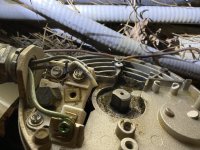I'm not too electrically savvy, so I'm holding off on measuring voltage until my friend can help me.
Replacing the capacitor appears pretty simple, but I'm not sure how to determine which one my pump requires. Are capacitors pretty standard, or do I need to take off the capacitor cover? I'm not finding much on the web with that.
There appears to be some rubbing in the attached photo. Notice how it goes from brownish to a clayish red. Although I don't think it's the source of the sound. I forgot to mention the motor still makes noise when completely disconnected from everything.
Replacing the capacitor appears pretty simple, but I'm not sure how to determine which one my pump requires. Are capacitors pretty standard, or do I need to take off the capacitor cover? I'm not finding much on the web with that.
There appears to be some rubbing in the attached photo. Notice how it goes from brownish to a clayish red. Although I don't think it's the source of the sound. I forgot to mention the motor still makes noise when completely disconnected from everything.






